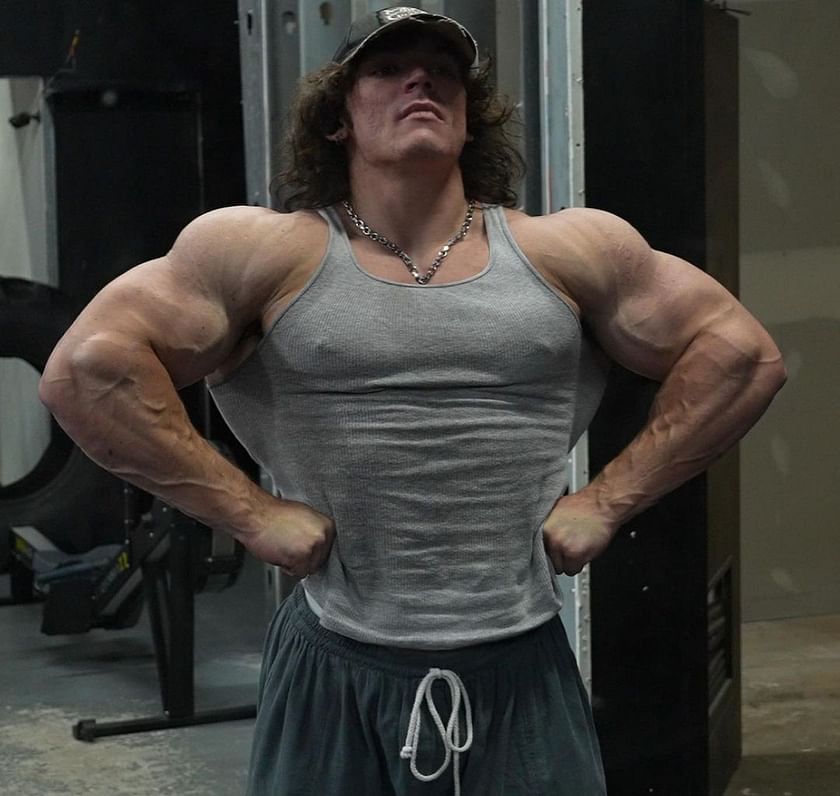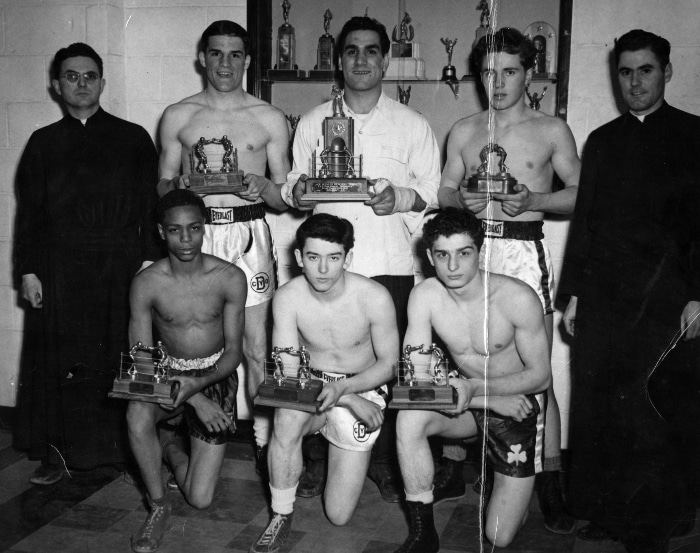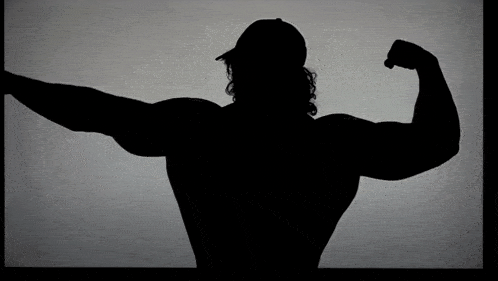As we live the ever-changing panorama of current societal concerns, fitness culture has emerged as a focus for talks about body image, masculinity, and mental health. In this civic problems blog post, we’ll look at the different narratives given by publications about gym culture and its impact on individuals.

In the age of YouTube celebrities like Sam Sulek and fitness influencers, the gym has become more than just a venue for physical activity. Teddy Johnson’s article passionately pleads for embracing the rising popularity of fitness influencers, stating that the content they provide inspires many people and drives them to adopt healthier behaviors. He believes that the popularity of fitness influencers, as seen by appealing graphics and encouraging stories, is a significant source of inspiration. Johnson’s ardent call to join the rising fitness tsunami is backed up by a personal experience that adds a personable element to his story. However, the addition of multimedia elements to accompany his enthusiastic representation has the potential to increase engagement.

Diving further into this, it is important to look at Sam Sulek, a man who inspired many on their fitness journeys, including myself. Sam Sulek is a 21-year-old bodybuilder who has seen a dramatic increase in YouTube subscribers, from 8,000 to 2.26 million. His unique approach, defined by genuineness, simplicity editing, and uncommon thumbnail choices, distinguishes him from other fitness influencers. Sam’s success is underscored by the 1.8 million members he acquired in just two months, demonstrating the power of authentic material. His movies, which average 35.14 minutes, offer an unedited look into his life, building a true connection with viewers. Sam’s daily uploads add to his success and are consistent with a larger trend on YouTube towards honest, unpolished content. His journey serves as a model for aspiring athletes, highlighting the need of embracing authenticity in the ever-changing context of online content creation.
We add another layer to the complex tapestry of civic discourse on fitness culture by introducing an additional perspective from an article that investigates the potential consequences of ‘gym bro’ culture. This critical critique of gym culture, which focuses on the connection of physical prowess, mental health, and conservative ideals, offers a nuanced perspective to Teddy Johnson’s narrative.
The critical piece sheds light on the societal pressures that young men face to conform to a specific physical ideal connected with ‘gym bro’ culture. The work examines historical settings and finds connections between the present emphasis on physical supremacy and previous ideologies, such as ‘Muscular Christianity‘ in nineteenth-century Britain and the physical training parts of the Hitler Youth program. By connecting these historical links, the paper believes that the quest of a ‘alpha’ physique may unintentionally align with regressive viewpoints, perpetuating damaging stereotypes and encouraging a restricted understanding of masculinity.

The narrative goes beyond the physical to investigate the psychological impact of such societal expectations. Citing Brunel University study, the article posits a link between physical strength and the belief in social supremacy, shedding light on a potentially dangerous mindset within fitness communities. The conversation expertly navigates the delicate line between desires for physical excellence and eugenics-inspired beliefs, emphasizing the need for a more thorough knowledge of the reasons that drive those in the fitness industry.
Furthermore, the piece delves into the digital sphere, examining influential figures such as Bronze Age Pervert, who promotes ideals of physical supremacy rooted in a hazy imagined past. It criticizes the mainstreaming of such beliefs on sites such as Twitter and draws parallels with well-known characters such as Andrew Tate and Joe Rogan, implying a troubling trend of young men gravitating toward influencers who promote retrograde ideologies under the pretext of physical empowerment.

Finally, the changing panorama of societal concerns has shed light on fitness culture, revealing complicated narratives about body image, masculinity, and mental health. Teddy Johnson strongly supports the rise of fitness influencers, claiming that their motivating material motivates people to adopt better lifestyles. Sam Sulek’s rapid YouTube growth and real approach demonstrate the importance of raw content, establishing genuine connections with his audience. On the other hand, the internet is showing the worrisome trend of young men gravitating towards influencers who promote outdated ideals under the pretext of physical empowerment.

Navigating this rich tapestry of narratives reveals that the discourse on fitness culture is not homogeneous. It includes stories of inspiration and aspiration, but it also confronts the darker aspects of cultural expectations, historical influences, and technological impacts. As we engage in these discussions, we must acknowledge the importance of gaining a thorough grasp of the incentives that drive people in the fitness sector. Finally, the discussion about fitness culture reflects broader cultural movements toward honesty, complexity, and a more nuanced examination of the influences driving our collective ideas on health and well-being.